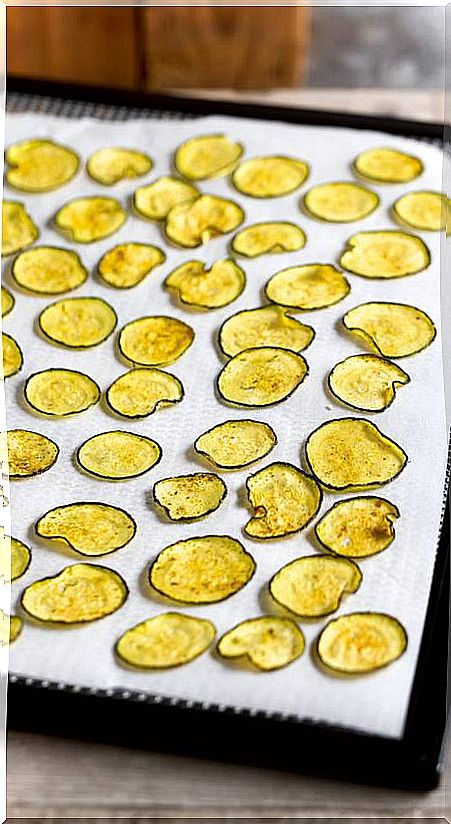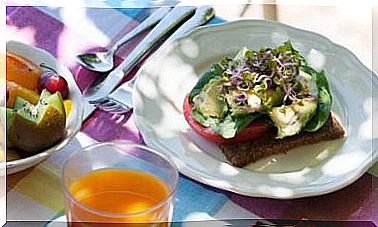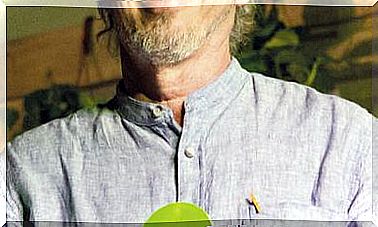Dehydrating, The Cooking Technique That Gives You The Most Energy
This technique, practiced in the sun or in the kitchen, preserves nutrients optimally and offers textures and flavors that will surprise you.

In the world of raw food , dehydrating is undoubtedly the star technique and one of the most surprising and with the most possibilities that I have encountered on my culinary path. I highly recommend it. What does it consist of? In something simple: subjecting the food to hot air to extract the water it contains.
The biggest dehydrator we have is that of the sun and air working together. Many of the quality, artisanal dry foods that we buy, such as tomatoes or apricots, are dried in the sun in summer so that later we can consume them in winter as well, when it is not their season. Dehydration is therefore a preservation method like jams or pickles. And with a long history.
Dehydrate as a preservation method
The Essenes made dehydrated bread in the sun. Instead of making it in the usual way – grinding the wheat, making flour and with it the bread – they germinated the wheat and then grind it and let it dry in the sun.
And, without going so far in time, I have seen the peasants of Ibiza dehydrate figs on the roofs of their houses … Today, dehydration is used by the industry to preserve food for longer. From dry foods, recipes can even be created.
More energetic foods
Dehydration is also often used in live food, since by extracting the water from the food by subjecting it to a temperature no higher than 45 ° C – you are able to maintain many of its nutrients and enzymes.
Enzymes are the vital energy in food, and if we eat food with energy, what will we get? More energy, of course.
With electric dehydrator
As we do not always have air and sun at our disposal to dehydrate (and for convenience), we can use electric dehydrators, which offer precision in temperature and allow us to dehydrate at night or when it is raining.
Electric dehydrators consist of a box with a lid that closes non-hermetically, a fan inside with a resistance and trays with grids. They come in many sizes, shapes, and prices.
The idea is that the hot air circulates from below and from above. I always dehydrate at the same temperature, between 42 ° C and 45 ° C for everything, except for herbs, for which 35 ° C is sufficient. However, you will see many books or articles that differ on the temperature.
As for the dehydrator model, I recommend the squares with trays because they are easier to work with.
What recipes is the dehydrator used for?
Dehydration consists, therefore, in putting the ingredients or preparations to dry, spread out on trays for a long time. Keep in mind that the humidity of the environment interferes in this process. If it is dry, the dehydration process will be faster than if it is rather humid.
The preparations that you can create with this technique are dried fruits and vegetables, powders created with these same dried fruits and vegetables, “sweets”, many and very diverse snacks, crackers, crepes, cookies, hamburgers, falafels, breads …
You will be surprised by the results
You can semi-dehydrate to achieve consistencies, flavors and sensations similar to when we cook food. For example, you can make a pizza with a delicious cream cheese from nuts.
Or this other recipe: marinate some mushrooms with a little tamari and olive oil and put them to dehydrate for a few hours. You will get an excellent result, as if they were sauteed. You can eat them warm, fresh from the dehydrator.
There is a very wide range of possibilities, both sweet and savory. In the recipe I propose to prepare some enzymatic crackers. But remember that with dehydration you can make very varied and rich preparations, suitable for celiacs and for people of any age.









